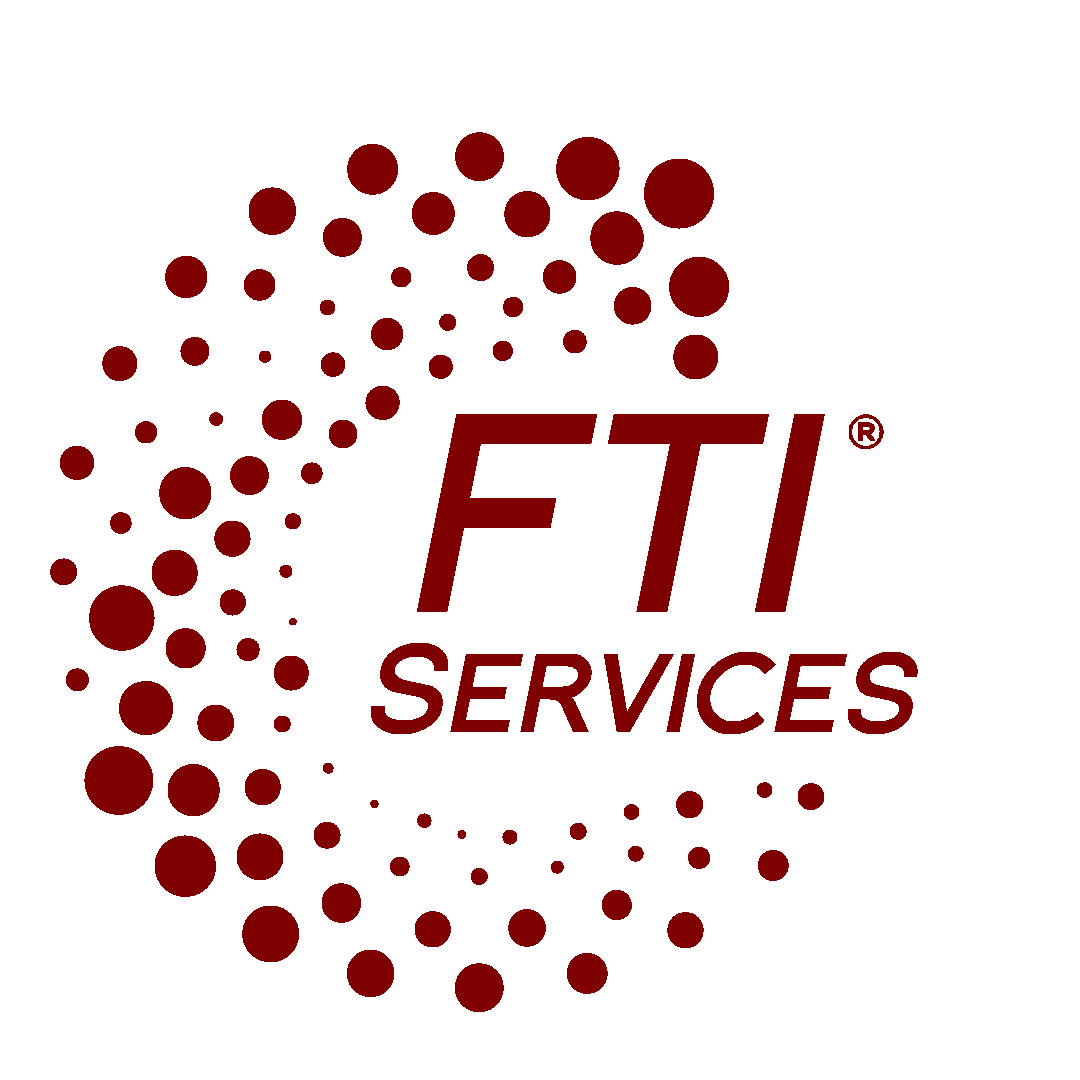Imagine a scenario where your business’s IT help desk is swamped with calls, emails, and chat requests. Your team is overwhelmed, response times are lagging, and customer satisfaction is plummeting.
In fact, research shows that 93% of customer support teams say that the expectations of consumers today are higher than ever.
This situation highlights the critical need for effective IT help desk best practices.
| As Jason Cary, VP of Sales at FTI Services, says, “By implementing IT help desk practices, your business can ensure efficient operations, enhance customer experience, and maintain a high level of support.” |
In this blog, we will explore essential IT help desk best practices to set up your business for success.
Understanding IT Help Desk Best Practices
1. Prioritize Customer Experience
At the core of IT help desk best practices is an unwavering focus on customer experience. Every interaction between desk teams and users should aim to resolve problems efficiently and empathetically.
This means training team members to understand user concerns fully and providing solutions that not only fix the issue but also enhance the user’s overall experience.

2. Implement Effective Asset Management
Effective asset management is key to maintaining an efficient IT help desk. This includes tracking hardware, software, and other resources to ensure they are used optimally.
Good asset management practices help in predicting potential issues and planning upgrades or replacements, thereby reducing downtime.
3. Leverage the Right Desk Software
Utilizing the appropriate desk software streamlines operations and improves response time. The right software should offer features like ticket tracking, knowledge base access, and real-time communication tools.
It’s about choosing a tool that aligns with your company’s specific needs and scales as your business grows.
4. Develop Comprehensive Service Level Agreements (SLAs)
Service level agreements are essential for setting clear expectations for response time and service quality. These agreements help in maintaining transparency with users and setting a benchmark for the support team’s performance.
5. Foster a Knowledge Base for Self-Service
Promoting self-service through a well-maintained knowledge base empowers users to resolve common issues themselves. This reduces the IT help desk load and enhances customer satisfaction as users find quick solutions to their problems.
6. Monitor and Analyze Desk Metrics
Tracking and analyzing desk metrics is crucial to continually improving the service experiences. Metrics like ticket resolution time, customer feedback, and repeat issue occurrences provide valuable insights into the team’s performance and areas needing improvement
7. Train and Support Desk Employees
Investing in regular training for desk employees ensures they are up-to-date with the latest technologies and best practices.
Providing ongoing support and development opportunities is vital for maintaining a knowledgeable and efficient team.
8. Efficiently Assign and Escalate Tickets
Proper ticket assignment and escalation processes ensure that issues are resolved by the most appropriate team members. This strategy minimizes resolution time and enhances customer satisfaction.
9. Continuously Improve Service Practices
Continuous improvement is key in IT help desk operations. Regularly review processes, incorporate feedback, and adapt to changing technologies and customer needs. This approach ensures that the IT help desk remains effective and relevant.
| More resources you might like: |
10. Promote Team Collaboration
Encouraging collaboration among support team members fosters a more cohesive and efficient service. Sharing knowledge and skills across the team enhances the overall capability of the IT help desk.
Comparing IT Help Desk Approaches: Traditional vs. Best Practices
| Aspect | Traditional Approach | Best Practice Approach |
| Response Time | Varies greatly, often slow | Quick and consistent |
| Customer Experience | Inconsistent, often lacking personal touch | Personalized and empathetic |
| Problem Resolution | Reactive, focusing on immediate fixes | Proactive, aiming for long-term solutions |
| Use of Technology | Limited use of advanced tools | Leverages latest technology and software |
| Team Training | Infrequent, not always up-to-date | Regular and comprehensive |
Elevating Your IT Support with FTI Services

Navigating the challenges of a clogged IT help desk, with its slow response times and compromised customer satisfaction, is a task that demands not just attention but expertise.
| Discover Trusted IT Help Desk Services Near You: |
FTI Services, with its 38 years of business experience and a strong base of over 300 customers, stands out as a leading provider of IT Helpdesk Services.
By adopting the best practices outlined in this blog, FTI Services ensures swift problem resolution, enhanced customer experience, and seamless business operations.
Reach out to us for a free consultation and propel your IT support to new heights.


